Co-operatives and Dairy Development: Changing Destiny of Rural Women
Realizing the low status of women, Government of India made number of interventions for their socio-economic emancipation. Support to training and employment for women (STEP) is one among them, and Development of Women and Child Development, Minister of Human Resource Development, Government of India has been implementing the scheme since 1986-87. Women dairy project (WDP) is one of the components of STEP, and a holistic program in which various sub-systems are adequately looked into so as to achieve system’s overall objective. Under WDP, Women Dairy Cooperative Societies (WDCSs) owned, controlled, and managed by women only are promoted. Apart from providing financial support for planning and management of WDCSs, 10-15% of the budgets in the scheme are devoted to training women. Bihar is one of the states where STEP is being implemented for the last fifteen years. The state has completed four phases of WDP and organized women dairy cooperative societies in Barauni, Mithila, Ranchi, Shahabad, Tirhut, and Vaishali and Patliputra. The overall objective of the study is to evaluate impact of WDP (phase IV) in Bihar, and draw lessons for future policy planning. The study is based on 250 women drawn from 25 WDCSs spread over 6 milksheds. It revealed that WDP provided a forum for women to come together, and gave them an opportunity to interact directly with officials of the union, veterinarians, and officials from departments of health, adult education, industries, and NGOs. These societies not only provided control over money but also helped in organizing self help groups and various micro-enterprises. WDP helped in improving self respect, and self esteem. Empowerment at all levels improved considerably across unions. It also helped them to develop leadership qualities, entrepreneurship, and above all exposure to outside world. Based on the study, various interventions were suggested to improve overall performance of the program.
Get it now and save 10%
BECOME A MEMBER

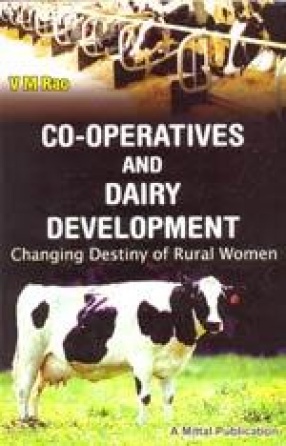
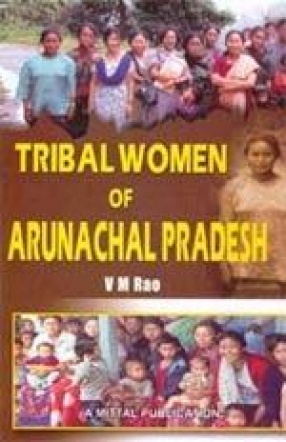
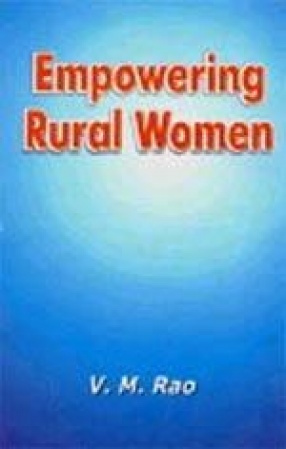
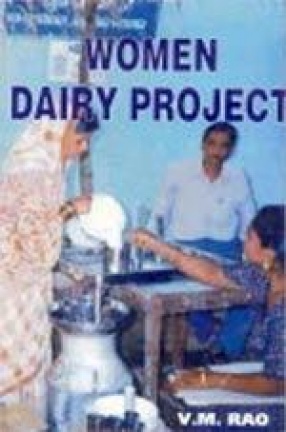
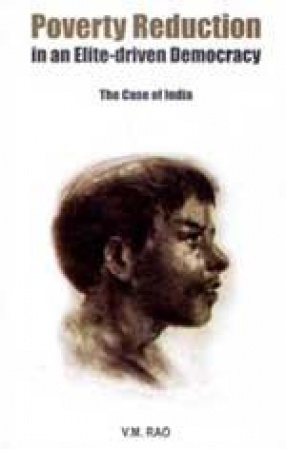

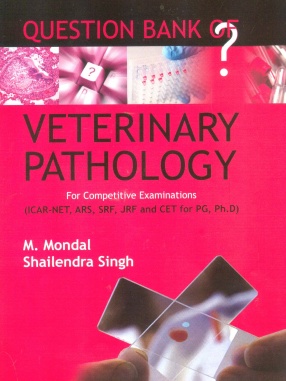
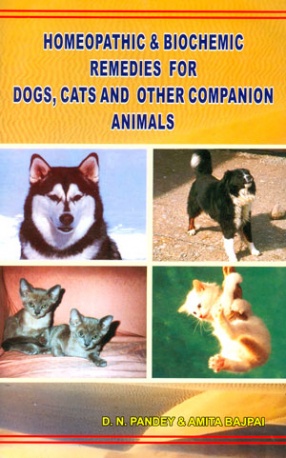
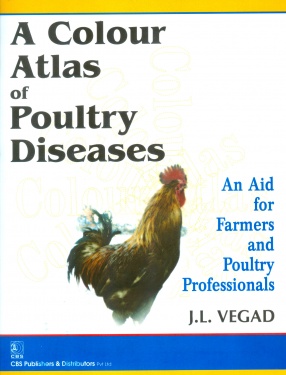

Bibliographic information